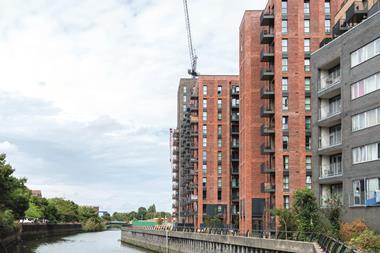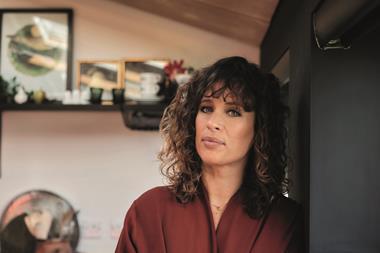The UK’s neurodiverse community has for too long been let down by the workplace. An estimated 700,000 people in the UK are affected by autism, and even more by other neurodiverse conditions including ADHD and Asperger’s.


Despite this growing number, the experiences of these individuals have historically been neglected by businesses, particularly in the design of our workspaces, and a social divide is being created that the industry can address.
Our health is intrinsically linked to the places we live and work in, from the quality of air we breathe to the experiences we have in those environments. This applies both while they are in the office and in their home environment, as their employment and income will dictate where and how they are able to live.
This makes the role offices play in society crucial for those who are neurodiverse as variations in noise, light and a host of other factors while at work, in the urban realm or at home can have far-reaching impacts for their health and wellbeing.
Many who identify as neurodiverse have been diagnosed with conditions including autism, dyslexia and dyspraxia. Neurodiversity also has a link to disability – for example, some on the autistic spectrum may experience learning disabilities. However, for many neurodiverse people, social and environmental barriers – rather than their own pathology – are often the cause of experiencing disability.
Office design
Offices that are not designed with neurodiversity in mind can be stressful, confrontational and ultimately disabling. A work environment that does not have acoustics to buffer noise pollution can be disabling for a person with sensory sensitivities, while harsh overhead fluorescent lighting can be overbearing for those with autism.
Depending on how acute the sensitivities are, this can cause biological stress levels to rise over time, which in turn can affect productivity and lead to sick days. This has a knock-on effect on performance and confidence, which in severe cases can result in voluntary or mandated unemployment – only 21% of people with autism and half of people who experience a disability are employed. The design of our offices is a clear and present part of the problem.

There is a movement for equitable inclusion across society. Businesses are slowly but surely answering calls for greater neurodiverse inclusion, making active steps through hiring programmes and awareness-raising.
The simplest of design measures can have a huge impact on experience, with workspaces such as the BBC’s Cardiff office demonstrating how landmarks, colour and texture can assist wayfinding, and the importance of having non-flickering lights.
Despite progress in recent years, there remain gaps in this budding area of research. Centric Lab is working with PLP Architecture and the BCO Research Committee on a new report to be published in May, which will identify the principles of an enabling work environment and share design insights for creating such an environment within the office.
As workers with neurodiverse needs return to offices post pandemic, it is vital that the workspaces of the future are designed as enabling environments where all can be productive, grow and develop.
Josh Artus is co-founder and director and Araceli Camargo is lab director at Centric Lab






























No comments yet